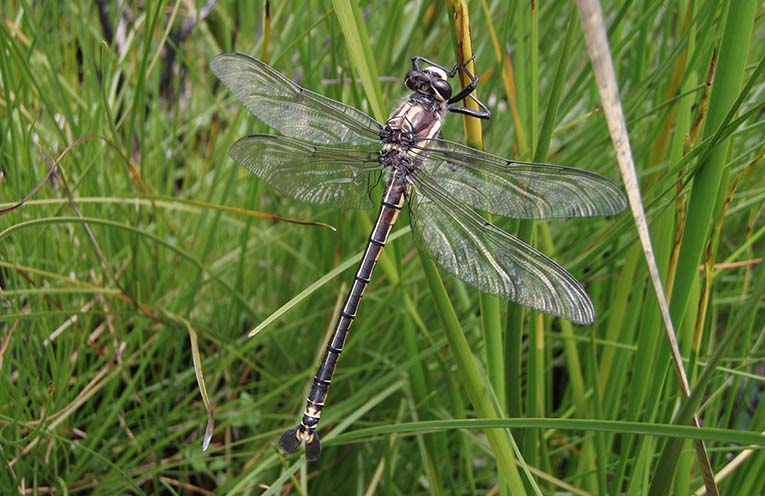
THE future of threatened native species has been made more secure following a two-year study led by MidCoast Council.
The study has helped scientists better understand the presence and distribution of Nabiac casuarina, dwarf heath casuarina, cryptic forest twiner and the giant dragonfly.
 Advertise with News of The Area today.
Advertise with News of The Area today.It’s worth it for your business.
Message us.
Phone us – (02) 4981 8882.
Email us – media@newsofthearea.com.au
Significant populations of the threatened plant species occur across the MidCoast region in areas that were severely burnt.
As part of the current project, experts have undertaken extensive field surveys to investigate where these species occur, how they were impacted by the fires and identify interventions that can help protect these species in the future.
“As a result of the studies we undertook, we were able to start doing practical things to help reduce threats to these endangered species,” said Manager of Natural Systems, Gerard Tuckerman.
“Weeds that impact the giant dragonfly habitat were removed.
“Heavy-duty vehicle access gates were installed in the Minimbah landscape to help restrict unauthorised vehicle access which can result in habitat damage, rubbish dumping, and fires.”
Community awareness of the species has been raised through events such as field visits. Educational signs were placed in Minimbah and Cattai Wetlands.
“The work we have done will contribute to securing the long-term future of these four threatened species,” added Mr Tuckerman.
Botanists collaborated with rangers from Taree Indigenous Development and Employment and other Indigenous stakeholders, and the National Parks and Wildlife Service.
This important recovery project was possible through grant funding from the Federal Government’s Wildlife and Habitat Bushfire Recovery Program.
